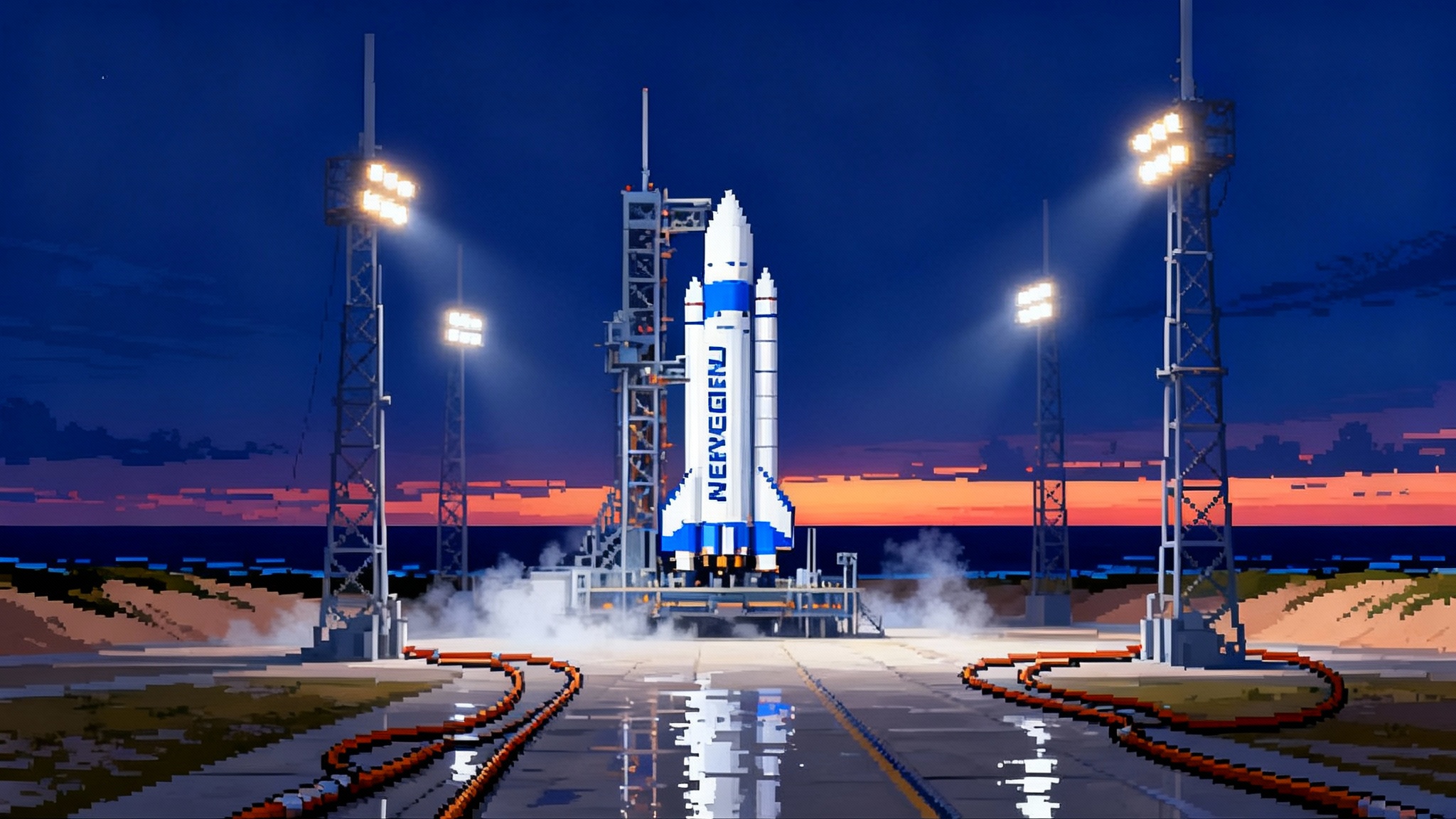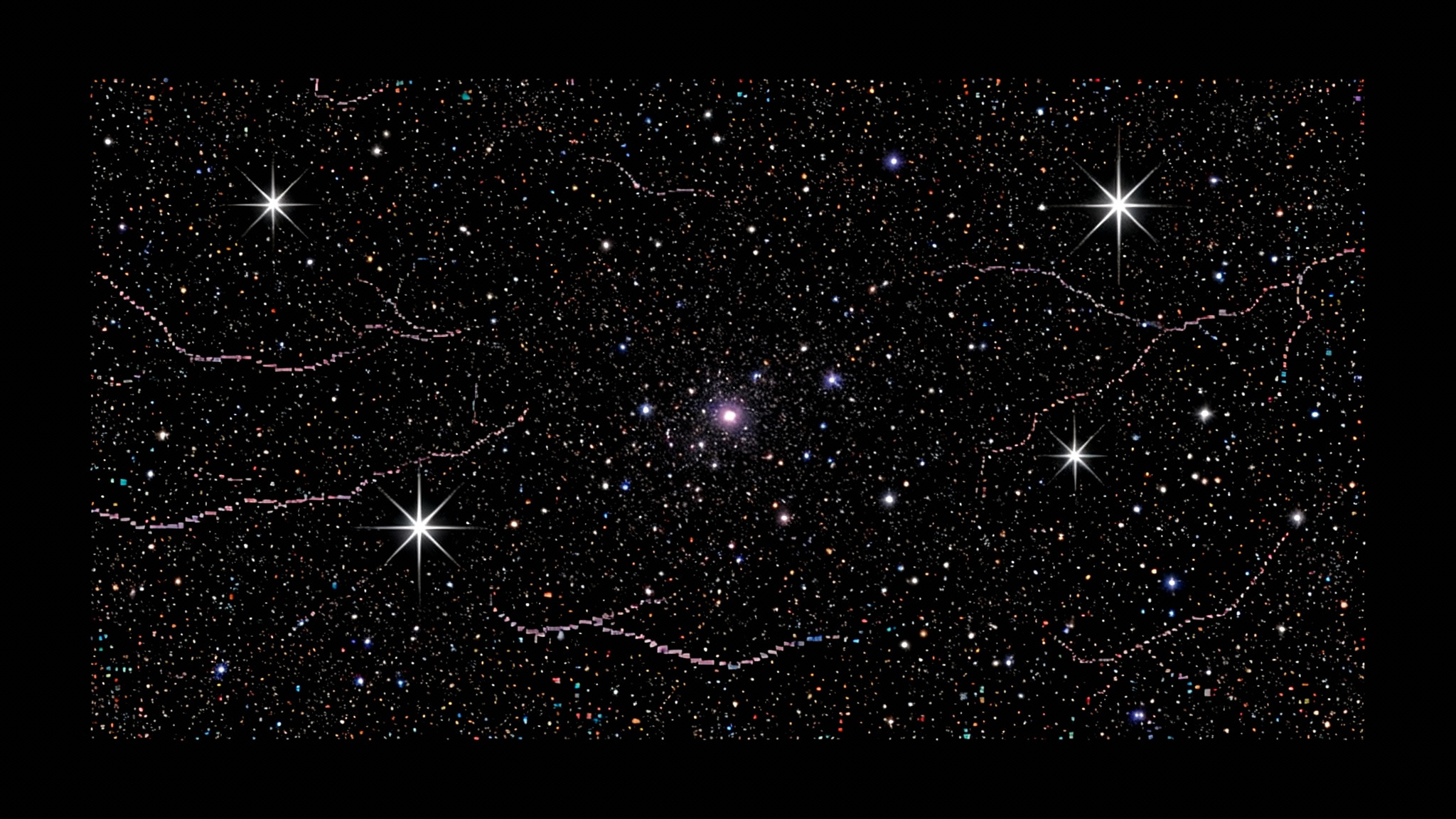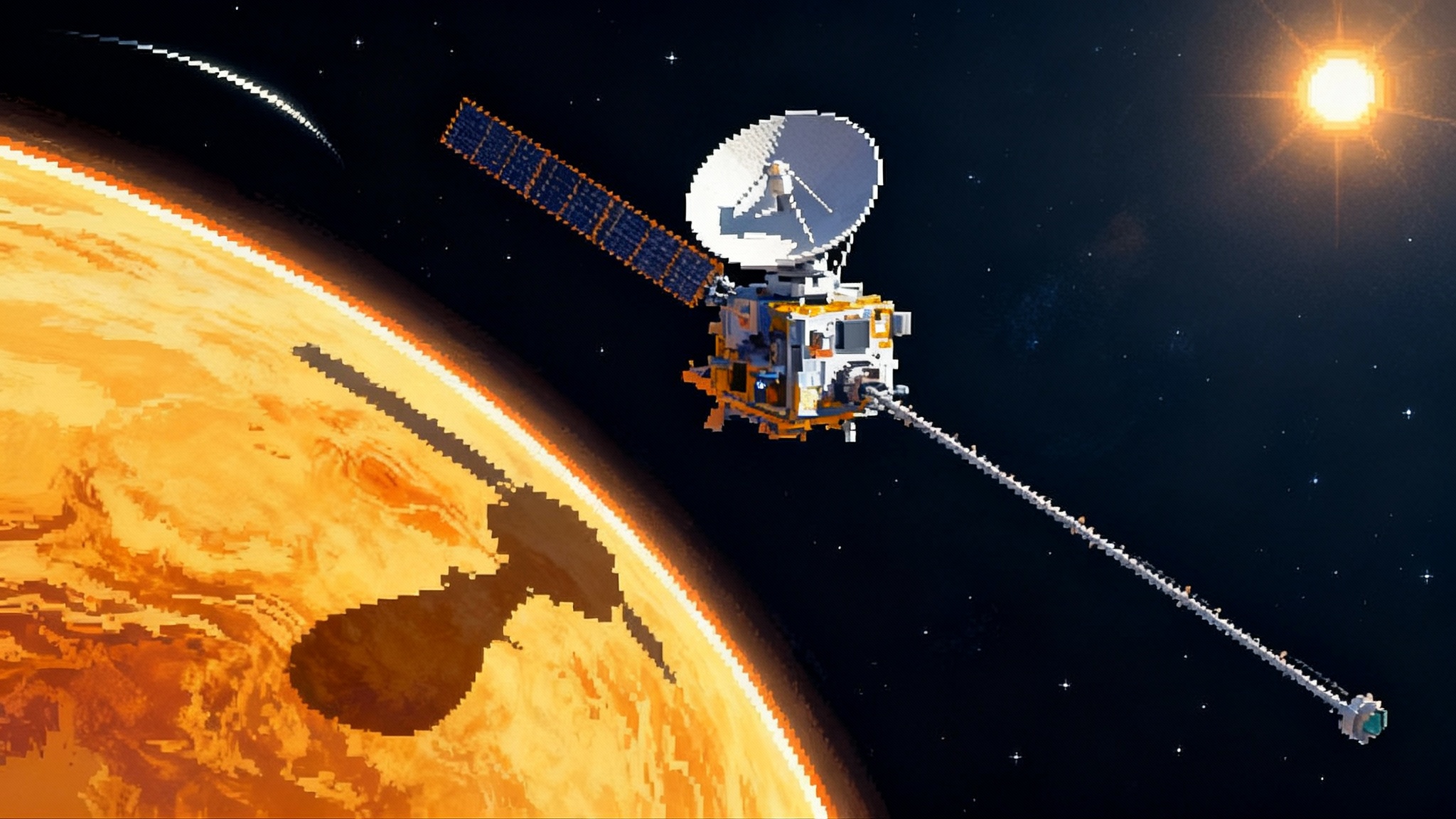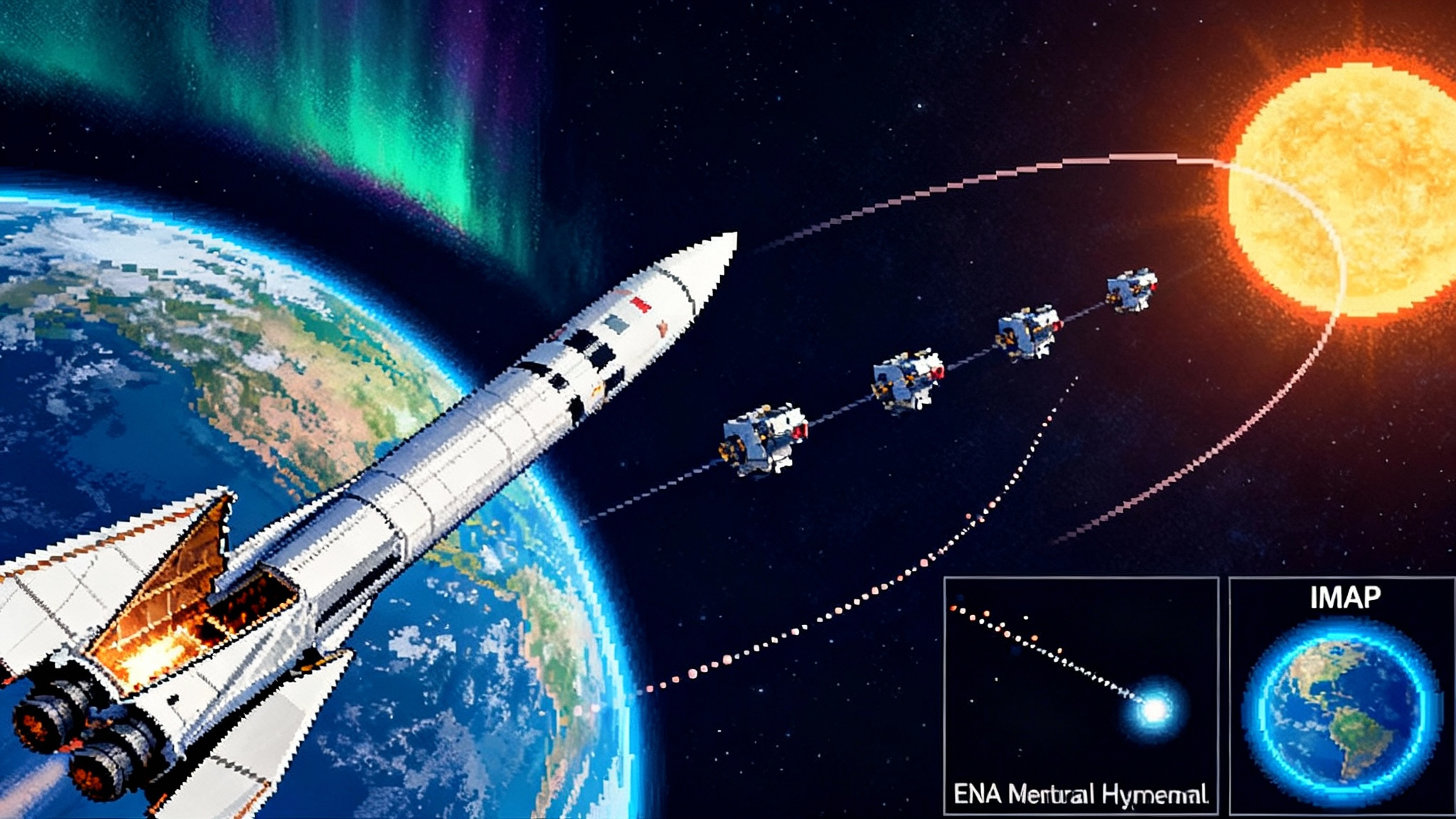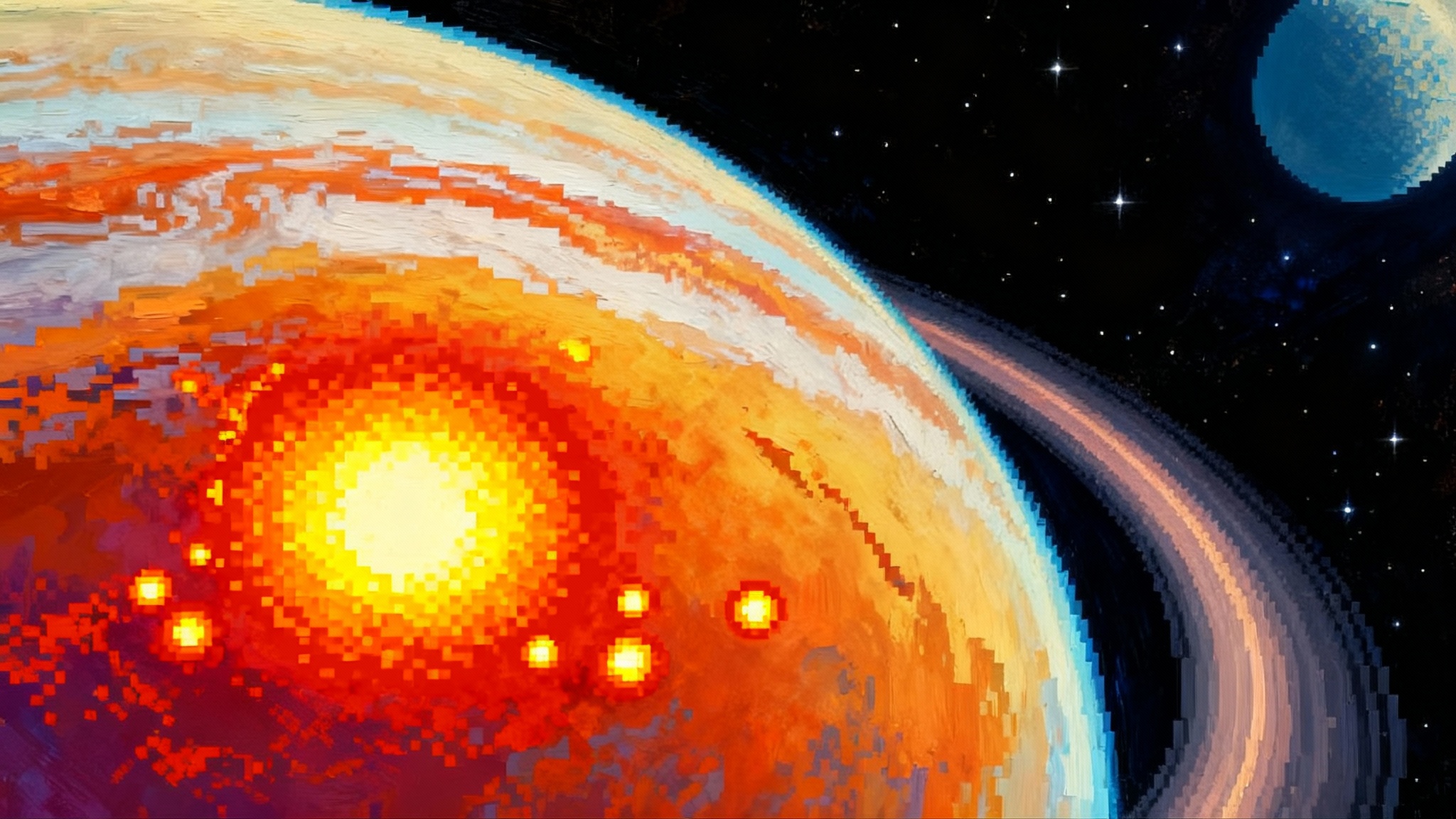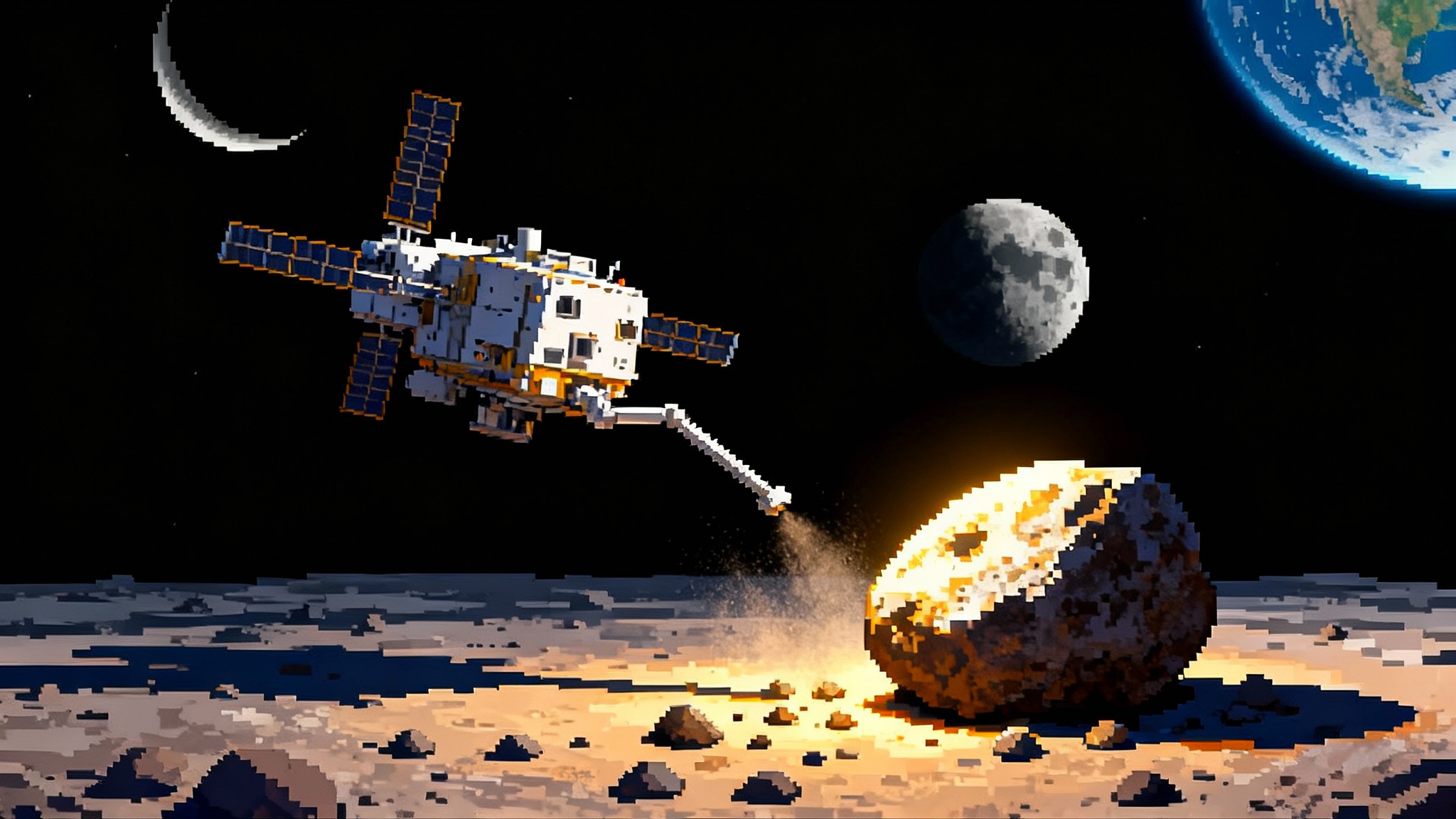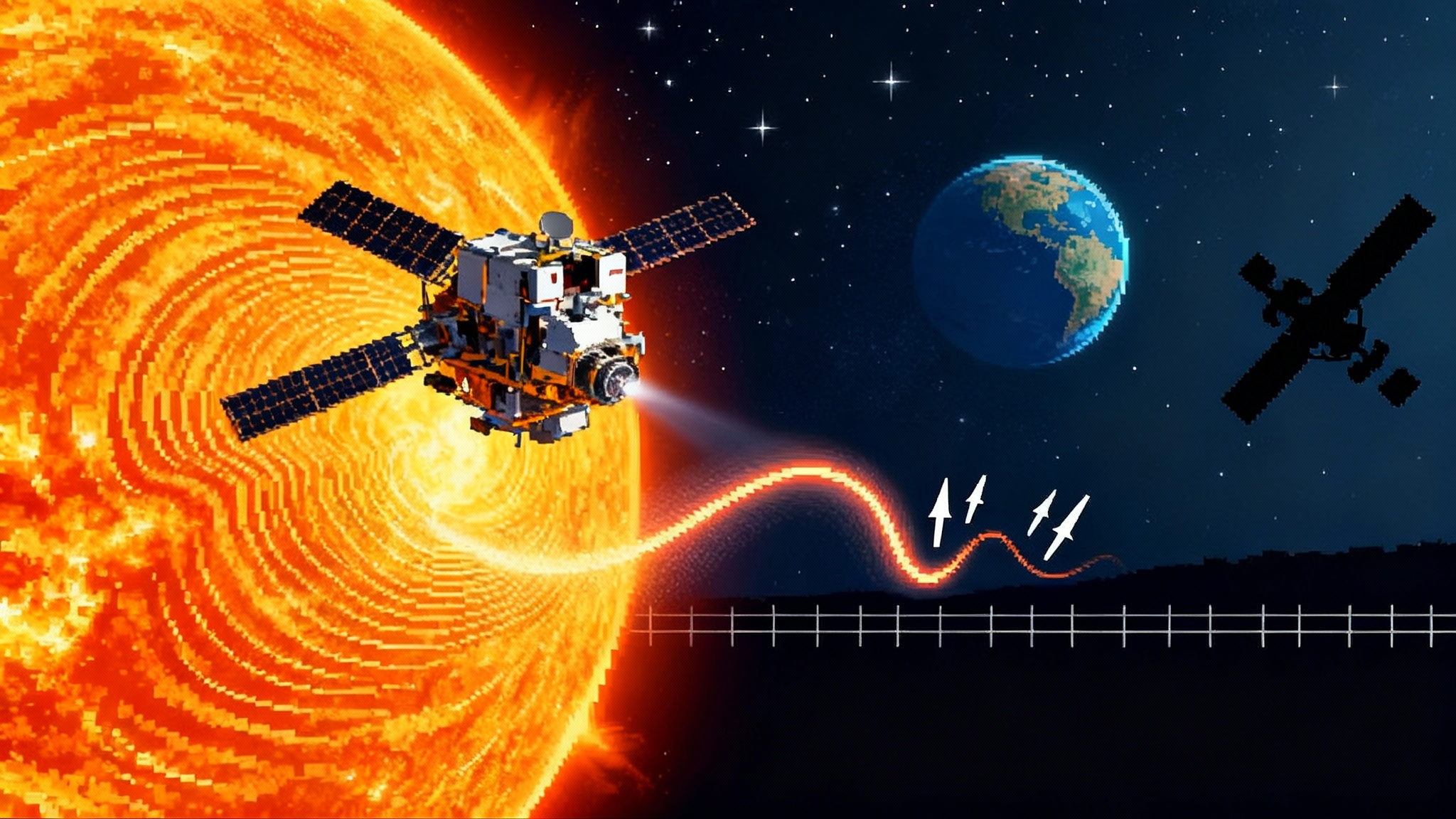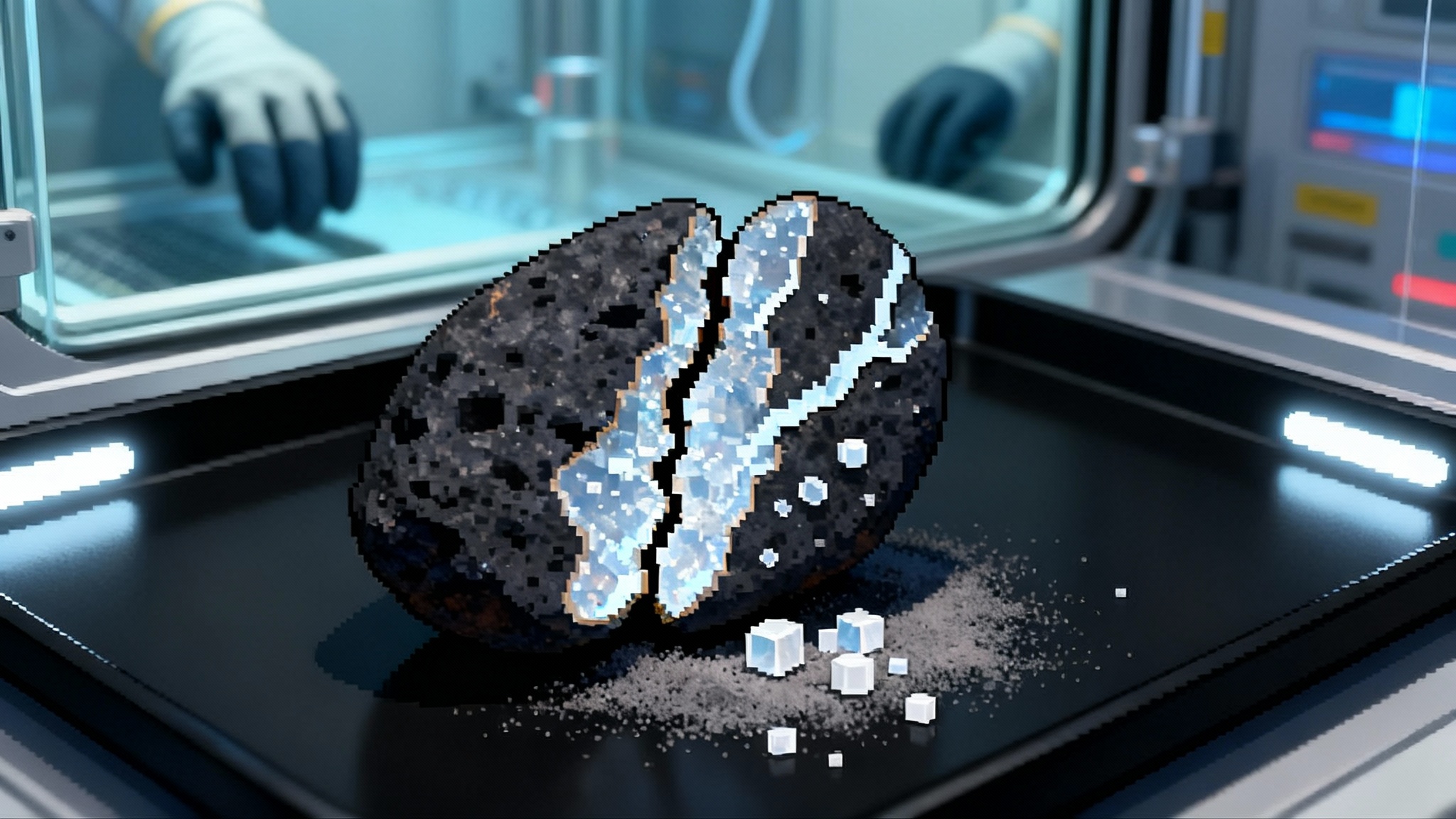Euclid’s Q1 release is reshaping our view of the dark universe
On March 19, 2025, Euclid unveiled its first science trove: 63.1 square degrees and roughly 26 million detections. The images already spotlight strong lenses, rich clusters, and filaments you can explore now, with full DR1 slated for October 2026.
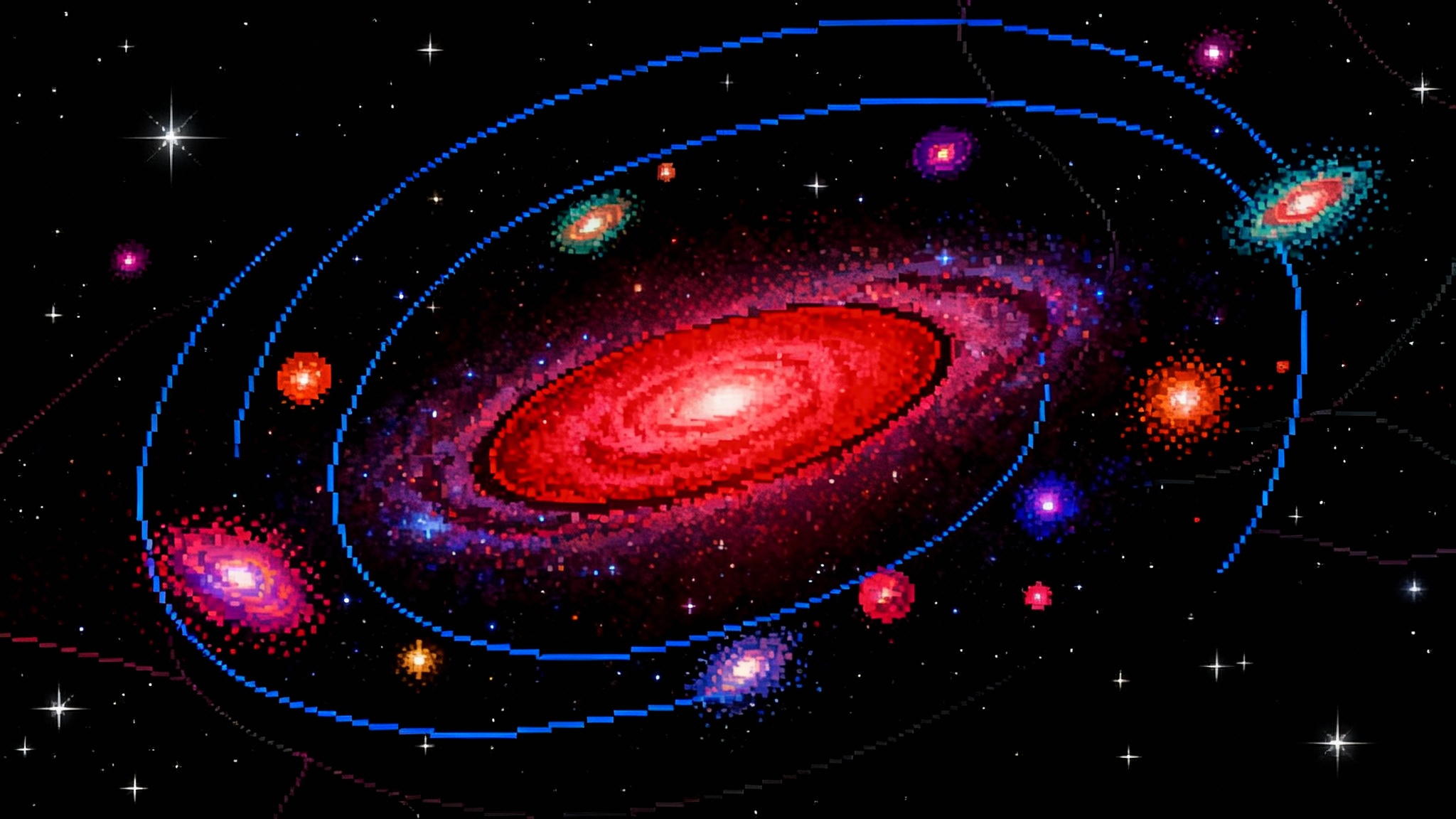
A first look at the dark universe
On March 19, 2025, the Euclid mission opened its first public science trove. The Quick Release Q1 spans 63.1 square degrees and includes about 26 million detections. For official datasets, documentation, and live viewers, start at the official Euclid Q1 data hub. Q1 is a preview of the survey that will ultimately map roughly one third of the sky and sharpen our view of dark matter and dark energy.
What Euclid is built to do
Euclid targets the universe’s invisible scaffolding. Its cosmology program combines:
- Weak gravitational lensing to measure subtle shape distortions across millions of galaxies. See our guide to gravitational lensing.
- Galaxy clustering to trace structure and features like baryon acoustic oscillations. For background, read the baryon acoustic oscillations explainer.
Two instruments power this work: VIS for high-resolution visible imaging that constrains galaxy shapes, and NISP for near-infrared imaging that refines colors and distances. For mission context, the ESA Euclid mission overview outlines goals and hardware.
What Q1 actually contains
Q1 is a technology and science sampler designed to validate image quality and pipelines. It includes:
- Wide-field VIS mosaics with fine angular resolution that reveal arcs and low-surface-brightness features.
- NISP near-infrared imaging that extends the spectral baseline for improved photometry and redshift estimation.
- Source catalogs with positions and photometry for tens of millions of detections.
Q1 is not a final shear or redshift release. It is a proving ground large enough to be scientifically interesting and small enough to stress test methods.
Early signatures in the images
Strong gravitational lenses
Blue arcs around red ellipticals, partial Einstein rings, and mirrored images stand out in Q1 fields. Each lens is both a natural telescope and a precise mass probe of dark matter within galaxies. Building large, vetted samples will calibrate automated finders and prioritize follow-up.
Galaxy clusters
Tight clumps of red galaxies, lensing magnification patterns, and hints of intracluster light flag cluster candidates. Counting clusters by mass and redshift cross-checks structure growth and dark energy models.
Filaments and the cosmic web
Even in 63.1 square degrees, alignments, knots, and voids emerge. With uniform imaging and stable backgrounds, Q1 invites low-surface-brightness studies of stellar halos, tidal streams, and intragroup light. For method basics, see how dark matter maps work.
Explore the data now
You do not need an observatory to dive in. A practical path:
- Browse the interactive viewers to pan and zoom through mosaics, toggling VIS and NISP layers. Note coordinates of intriguing arcs or ring-like structures.
- Pull science-grade cutouts and save weight or variance maps for robust measurements.
- Query the catalogs with a cone search, download photometry and flags, and inspect magnitude and color distributions.
- Build quick color composites to separate stars from galaxies and highlight star-forming regions.
- Run a mini lens hunt by selecting red ellipticals, then scanning for nearby blue arcs.
- Sketch a simple cluster finder using position overdensities plus a color window.
What Q1 tells us about Euclid’s cosmology engine
Early signs are encouraging:
- Stable point-spread function from stars, critical for precision shear measurements.
- Uniform backgrounds that make low-surface-brightness science feasible.
- Consistent VIS–NISP photometry sufficient for basic color selections and photometric-redshift groundwork.
These are prerequisites, not substitutes, for the dedicated shear catalogs and validation that will follow.
What comes next toward DR1 in October 2026
Q1 is the doorway. Data Release 1 is planned for October 2026 and will deliver:
- Much larger sky coverage suitable for cosmological statistics.
- Calibrated weak-lensing catalogs with vetted shapes and robust masks.
- Photometric redshift products to slice structure in three dimensions.
- First survey-level clustering measurements that link to BAO and growth-of-structure tests.
Why this matters for dark matter and dark energy
Cosmology depends on scale and control. Dark matter’s fingerprints are faint, revealed by averaging millions of shapes and tracing correlations across vast areas and redshifts. Dark energy emerges from how structure growth and clustering patterns evolve. Q1 compresses that story into images where arcs, clusters, and filaments are already visible, foreshadowing the quantitative results to come.
Practical tips for scientists and enthusiasts
- Keep a reproducible notebook of lens and cluster candidates with coordinates, cutout sizes, and stretches used.
- Respect catalog flags to avoid blended or saturated sources.
- Cross-match conservatively by starting with bright, unambiguous objects to measure zeropoints and astrometry.
- Plan follow-up like a campaign using spectroscopy and deeper imaging to turn candidates into data points.
The role of the public
Large surveys benefit from careful citizen science. With Q1’s quality and manageable area, volunteers can help flag strong lenses and clusters by sharing cutouts and precise coordinates while documenting reasoning and uncertainties.
A turning point you can feel
Q1 turns plans into measurements. The area is large enough to reveal structure, the images are clean enough to make weak lensing and low-surface-brightness work plausible, and the catalogs are deep enough for honest histograms. As DR1 arrives in October 2026, the conversation will shift from what Euclid can do to what it has done.

